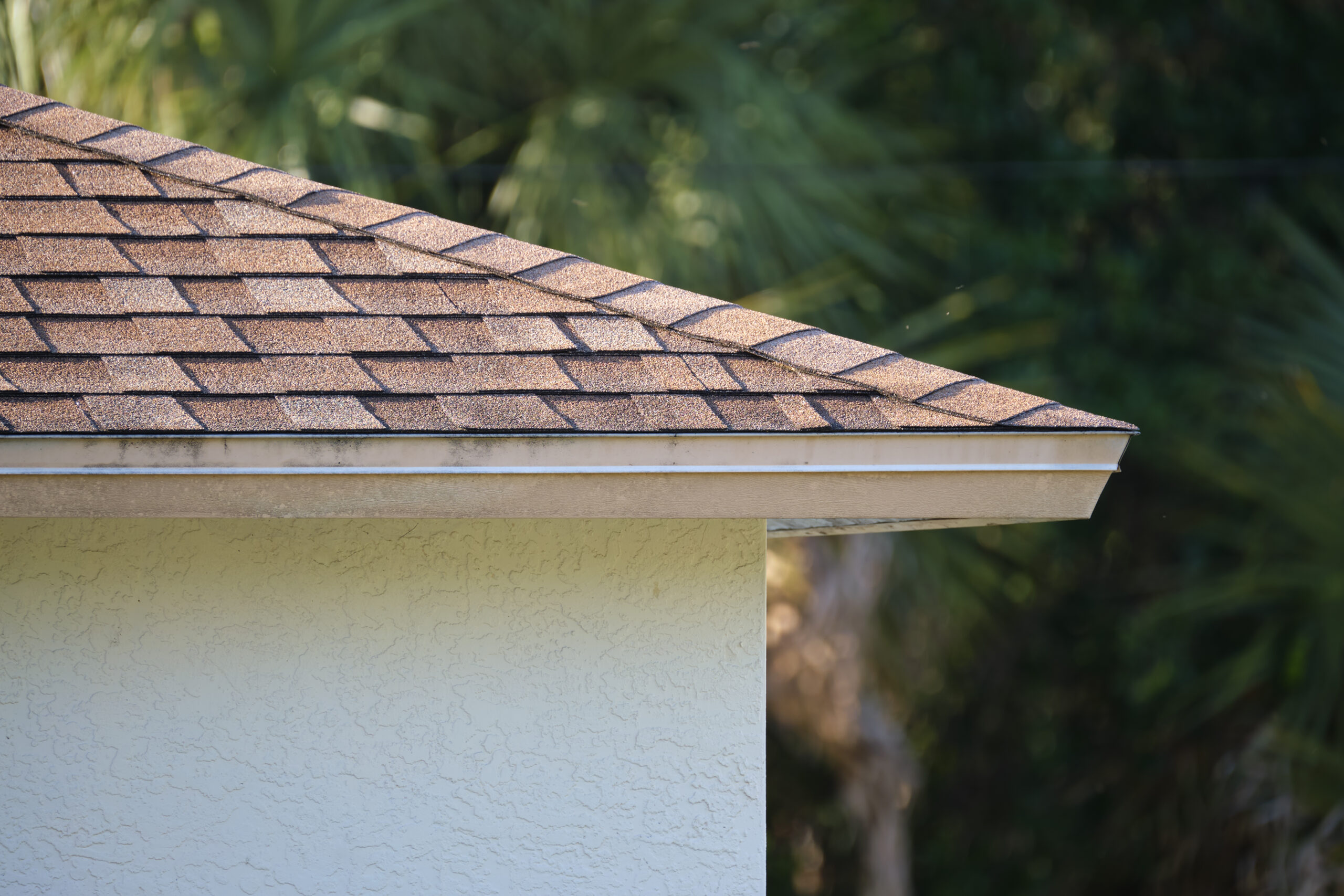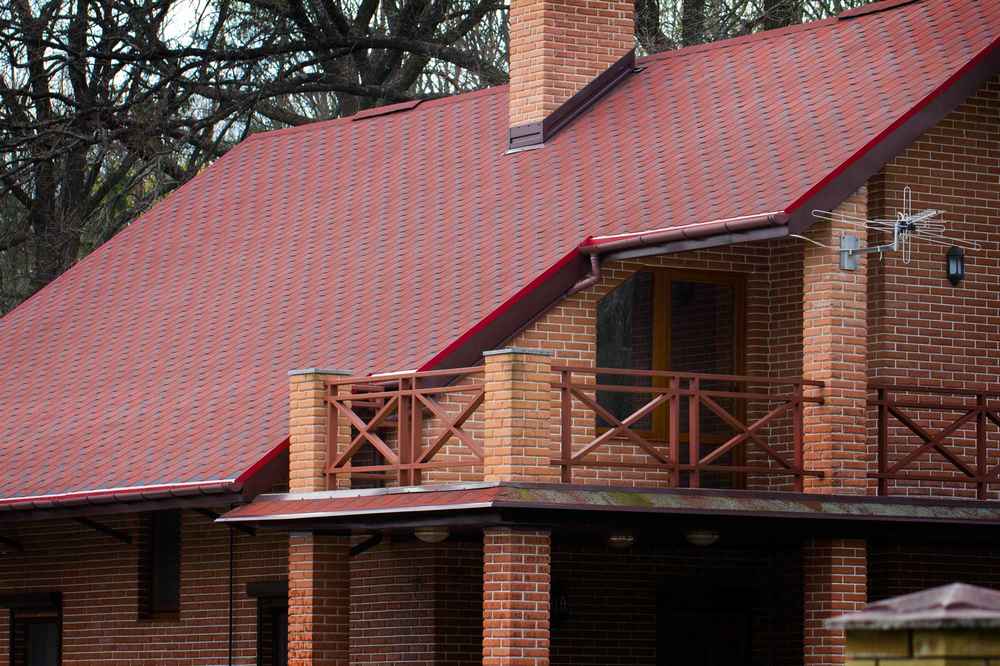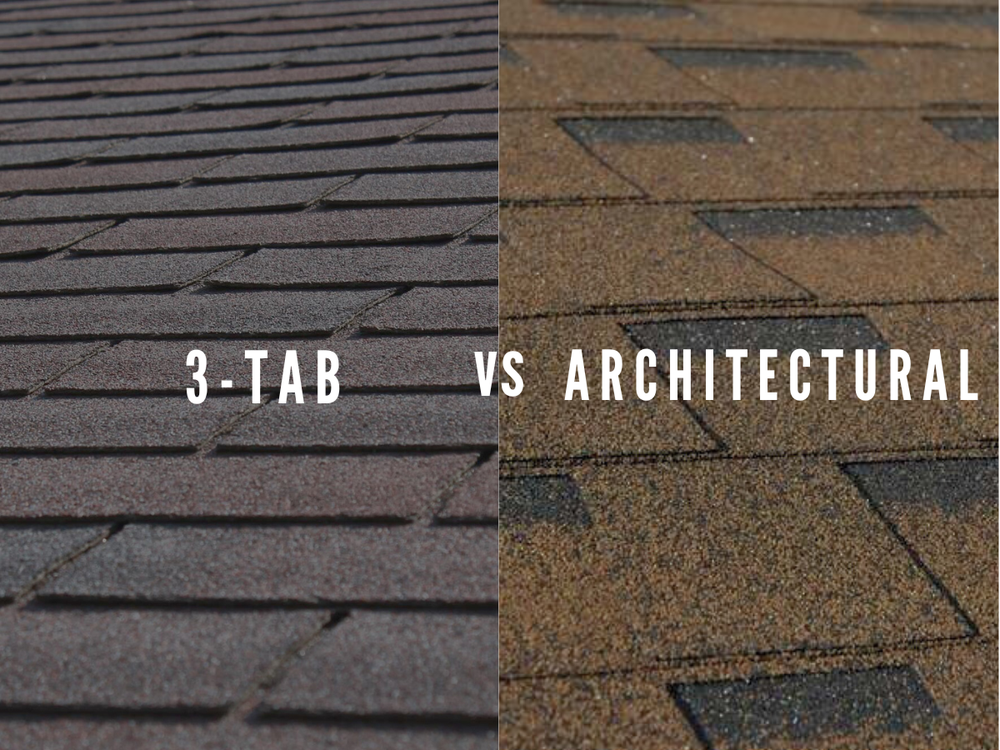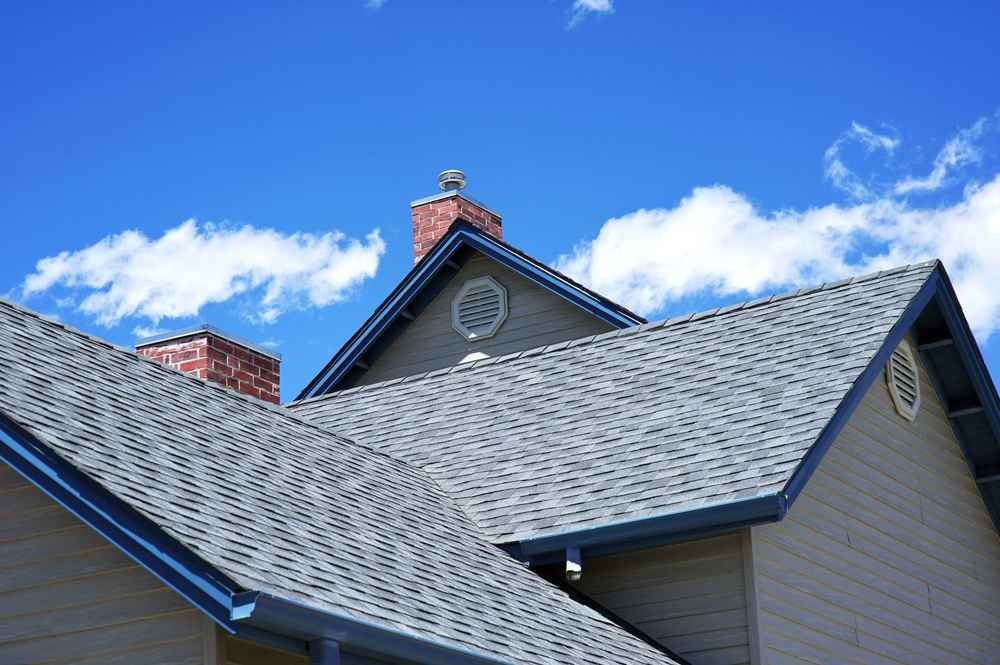There is so much going on when it comes to roofing that it is easy to miss the smaller but no less important aspects of your home – such as flashing! This essential component is as critical to your roof’s health as coffee is to Monday mornings. In this guide, we’ll explore flashing, why it’s necessary, and how to tell if your home needs some flashing TLC.
Guide to Flashing
Roof flashing installation might sound like a job for a superhero, but it’s a crucial part of keeping your home dry and safe. Imagine tiny metal shields that protect vulnerable areas of your roof—headwalls, valleys, and chimneys—from water intrusion. These metal barriers ensure that rainfall gracefully slides off your roof instead of sneaking inside like an unwanted houseguest.
Flashing comes in various materials such as aluminum, copper, or steel, each offering different durability and cost benefits. A good installation ensures that water doesn’t stand a chance of creeping into your attic or walls. And while installing flashing might not get you a medal, it will definitely earn you peace of mind knowing your home is protected.
Regular roof flashing maintenance is equally important to ensure its longevity. Inspect your flashing every few years to avoid small issues turning into costly repairs. Remember, a little attention now can save you a lot of trouble later.
What is Flashing?
In the simplest terms, flashing is your roof’s knight in shining armor. It acts as a barrier to direct water away from critical points on your roof. Commonly made from metal, flashing can be found around chimneys, skylights, and roof valleys, working tirelessly to prevent leaks.
Flashing isn’t just about throwing metal strips around willy-nilly. It’s an artful process of layering and sealing to ensure that water flows exactly where it should—off your roof. When properly installed, flashing integrates seamlessly with your roof to form a watertight seal.
Maintenance is key to flashing’s effectiveness. Check for rust, corrosion, or any signs of wear and tear. A little upkeep goes a long way in preserving the integrity of your roof and home.
Why is Flashing Necessary?
Think of flashing as the silent protector of your roof (kind of like Batman, but minus the cape). Without it, rain and snow can infiltrate your home, causing damage to your roof deck, insulation, and even interior walls. Water is sneaky like that—always looking for a way in.
Proper roof flashing installation ensures water is directed away from joints and seams. This prevents mold growth, wood rot, and structural damage, saving you from expensive repairs down the road. Plus, with the unpredictable weather, having a robust defense against leaks is more important than ever.
Now, you might wonder, is flashing really that crucial? The answer is a resounding yes. The absence or failure of flashing can turn a minor drizzle into a major disaster for your home.
What Happens if You Don’t Have Flashing?
Imagine leaving your windows open during a rainstorm—it’s not a pretty sight. Without flashing, water can easily penetrate your home, leading to damage that can be both costly and time-consuming to fix.
Water intrusion can cause wood to warp, drywall to swell, and paint to peel. It can even compromise your home’s structural integrity over time. Mold and mildew love moist environments, and without flashing, you’re inviting them to set up shop in your walls.
Neglecting flashing can lead to a slippery slope of escalating repairs. From minor water stains to significant structural damage, the cost of not having adequate flashing is far greater than the expense of installation or maintenance.
How Do I Know If I Need Flashing or Need It Replaced on My Home?
Wondering if your flashing needs a little attention? Start with a visual inspection. Look for signs of rust, loose nails, or lifted edges. Water stains on your ceiling or walls are also telltale signs of flashing problems.
If you’re not comfortable doing it yourself, calling in a professional is your best bet. They can assess the condition of your flashing and recommend necessary roof flashing replacements or repairs.
Regular roof flashing maintenance can catch small issues before they become big headaches. Remember, when in doubt, ask the experts to take a look.
Flashing might not be the most glamorous part of your home, but it plays a vital role in keeping your roof—and everything beneath it—dry and safe. Regular maintenance and timely roof flashing replacement can save you from costly repairs and ensure your home remains your haven.
Interested in learning more about how to protect your home with top-notch flashing installation? Contact Quality Construction Advantage Group to schedule a consultation. We’re here to make sure your roof shines as bright as you do!




